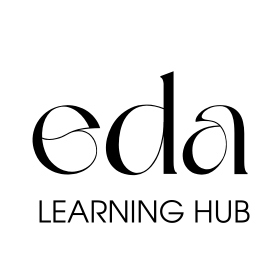-
Essay witing – question B
When TV arrived in everybody’s home in Italy in the sixties the national public broadcasting company of Italy, RAI, broadcast “Non è mai troppo tardi” (in a literal translation “It’s never too late”), a TV program conducted by Alberto Manzi, who taught Italian to Italian people who were illiterate. But in the early years of national Italian TV it wasn’t the only educational and cultural program, there were also television dramas, the so-called “sceneggiati”. These television dramas were TV’s adaptations of literature masterpieces, not only Italian literature, but also some work of art of the western literature.
On the other hand, there is and has been too much trash programs on TV. These programs are really followed and often they aren’t evaluated critically by their audience. Often these programs are broadcast in the afternoon, when mainly old people can watch it.
Nevertheless, cultural programs weren’t produced only in the early years of Italian TV, we can find it also today. Maybe not on the most common channels, indeed there are few cultural programs on the first Italian channels, for example “Super Quark” conducted by Piero Angela and some evening events “Stanotte a…” conducted by Alberto Angela. In recent years, from when digital terrestrial arrived a little more channels have been delevoped, among RAI 5, RAI storia, RAI scuola. In these channels you can find educational programs and documentaries about art (every art), history (mainly Rai Storia), science (physics, biology, astronomy) and even foreign languages. But in the last months Rai decided to cancel one of these three, Rai Storia, and to unite its schedule with Rai 5’s one.
In conclusion, it is the audience who build its TV schedule. Culture is at risk.
Log in to reply.



